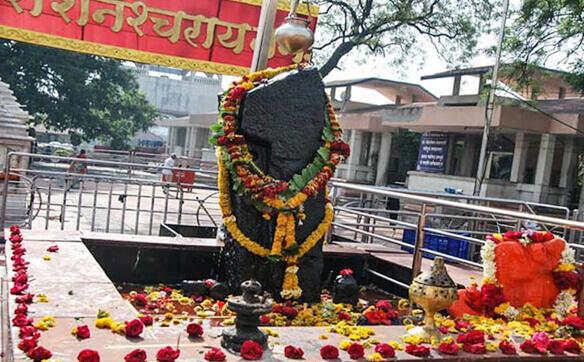Notifications

6 minutes, 1 second
-38 Views 0 Comments 0 Likes 0 Reviews

The 3 Dham 11 Jyotirlinga Yatra is not just a spiritual trail—it is a passage through India’s living culture. As you travel from the icy peaks of Kedarnath to the coastal sands of Rameshwaram, and across ancient cities holding the sacred Jyotirlingas of Lord Shiva, you don’t just encounter temples—you experience the soul of India. This soul reveals itself in local foods, time-honoured rituals, and deeply rooted traditions that have passed from one generation to the next.
Every stop along the yatra has its unique flavour—not just in terms of meals, but also in how people pray, live, and serve the divine.
Food during the 3 dham 11 jyotirlinga yatra is more than nourishment—it is part of the spiritual discipline. Many pilgrims follow a simple sattvic diet, free from onion, garlic, and non-vegetarian items. In temple towns like Ujjain, Nashik, and Dwarka, one often finds fresh offerings of khichdi, poha, roti-sabzi, and fruits given as prasad—not to be wasted but consumed with reverence.
In Rameshwaram, you may be offered rice with coconut chutney and tamarind-based dishes that reflect Tamil Nadu’s temple cuisine. In Somnath, Gujarati thalis—simple yet full of flavour—feed both body and soul. Pilgrims often find joy in these meals, not just because of their taste but because of the hands that prepare and serve them with devotion.
Each temple town has its own signature prasad. At Trimbakeshwar, the offering of panchamrit—a mixture of milk, curd, ghee, honey, and jaggery—is common. In Bhimashankar, local villagers often distribute warm rice and dal to travellers. These are not just meals—they are blessings.
Every Jyotirlinga temple has its own way of worshipping Lord Shiva, shaped by centuries of tradition. At Mahakaleshwar in Ujjain, the day begins before sunrise with the famous Bhasma Aarti, where sacred ash is offered to the linga. Devotees queue up in silence in the early hours just to witness this powerful ritual.
In Kashi Vishwanath, the rituals continue throughout the day—Rudrabhishek, chanting of Vedic mantras, and aarti at night make the air vibrate with divine energy. Kedarnath, high up in the Himalayas, is known for its peaceful yet potent rituals where priests chant amidst snow-covered silence.
At Rameshwaram, one of the most unique rituals involves taking a holy dip in 22 theerthams (sacred wells) before entering the temple. It is believed this cleanses the body and mind, preparing the soul for darshan.
Each Jyotirlinga has its own local customs—in some, devotees offer bilva leaves, in others, water or milk. These acts may look simple but hold deep symbolic meaning. They teach us humility, intention, and the value of pure offerings.
The 3 Dham 11 Jyotirlinga Yatra is also an encounter with living traditions—some visible, some quietly carried in the hearts of villagers, priests, and fellow pilgrims. In many places, you will hear old stories passed on during temple visits, or from guides and locals who speak of miracles, legends, and age-old beliefs.
In Dwarka, priests chant ancient verses as they perform rituals facing the sea. In Omkareshwar, the evening aarti lights up the river, reminding pilgrims of the unity between water and worship. In Mallikarjuna, temple drums and devotional songs ring through the air, creating a spiritual rhythm that lingers even after you leave.
Along the way, local fairs, festivals, and community rituals reflect how the sacred blends into daily life. The people here don’t just worship Shiva in the temple—they carry him in their breath, their greetings, and their service to pilgrims.
The 3 dham 11 jyotirlinga yatra is not just about reaching destinations—it’s about absorbing the richness of India’s spiritual landscape. Through every shared meal, sacred chant, and traditional practice, the journey teaches you more about devotion, discipline, and simplicity.
These foods, rituals, and traditions are not things to “observe”—they are to be lived. And once you do, you realize that Shiva is not only in the shrine, but also in the smile of the old woman serving prasad, the silence of a temple courtyard, and the faith that connects everyone on this sacred path.

